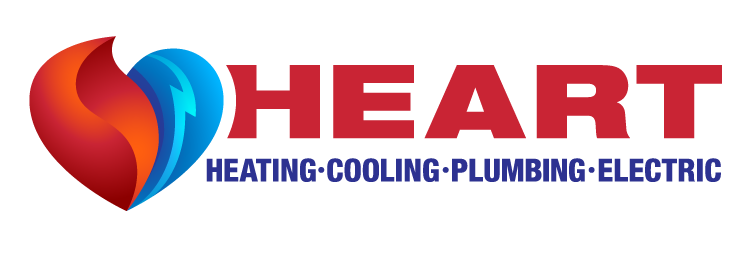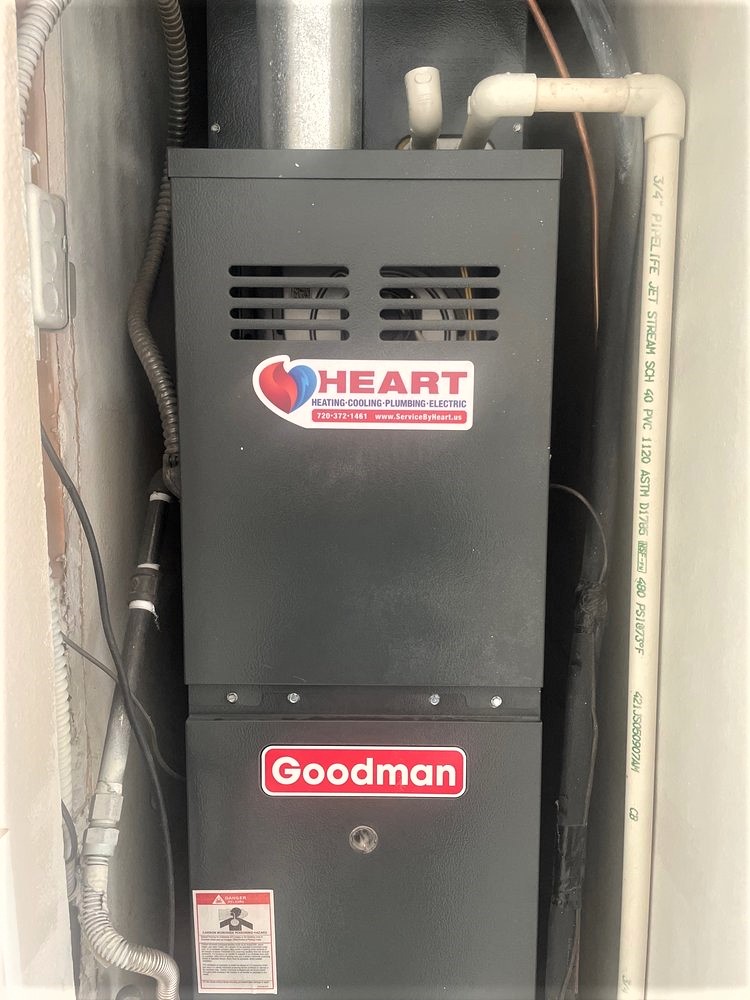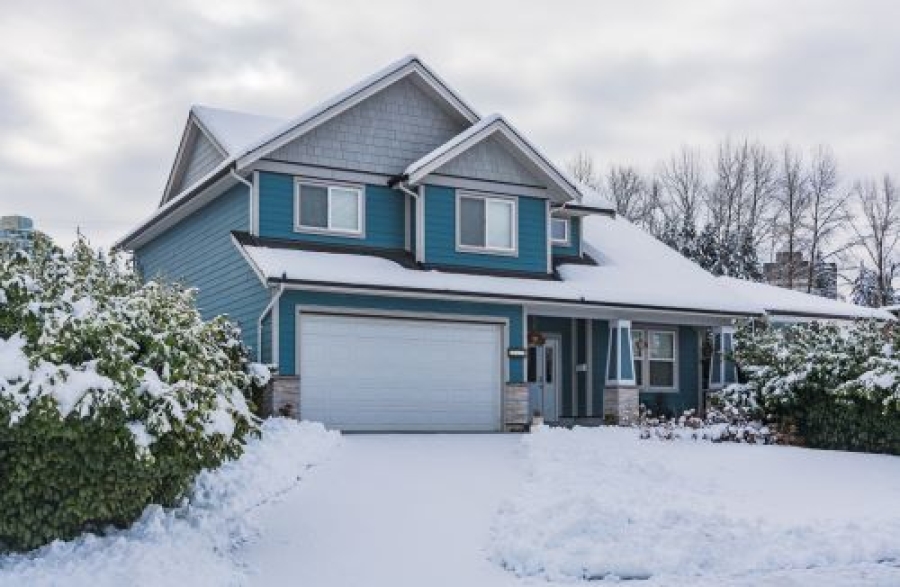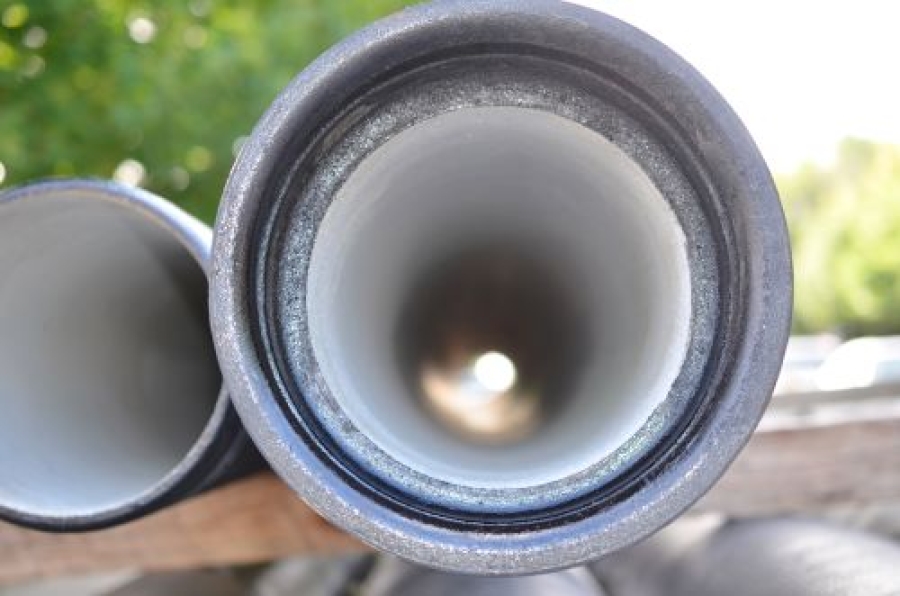As we approach the hottest months of the year, you’ll want to ensure that your home’s HVAC system is working properly. If you’ve noticed that the upstairs area of the house is always hotter than the bottom story, you should know that this is one of the most common signs of airflow issues. Here, we discuss why poor airflow leads to a warmer-than-usual upper story and share additional signs that indicate it’s time for air conditioning repair.
HOT AND COLD SPOTS THROUGHOUT THE HOME
When your HVAC system begins to experience stress or is improperly maintained, you may notice that your home has noticeable pockets of excessively hot or cold air. When the AC unit is having trouble regulating airflow, the upstairs area of a house may become uncomfortably warm. Even if you don’t have a two-story home, airflow issues can lead to temperature inconsistencies throughout the house.
PRESSURE IMBALANCES
Does your home have a drafty area, or do doors frequently slam shut by themselves? If so, then your HVAC system’s airflow issues may be causing air pressure imbalances in the home. Although an air pressure imbalance is more subtle than temperature inconsistencies or warm airflow through the vents, it’s important for homeowners to keep an eye out for this warning sign.
COMMON CAUSES OF AIRFLOW PROBLEMS
If you think your AC unit may be in need of air conditioning repair, it’s crucial to contact a team of HVAC professionals as soon as possible. Prompt service may help reduce the risk of compressor failure and lower the chances of needing a replacement for your AC unit. Here are a few of the most common (and, in most cases, easily fixable) problems that lead to airflow issues:
- Clogged filters. Air conditioning filters play a vital role in regulating airflow. When the filter becomes too clogged with dirt and debris, airflow is impeded. Be sure to change the filter in accordance with the manufacturer’s guidelines.
- Blocked or leaking ducts. When filters aren’t changed frequently enough, dirt can escape into the ductwork and create a blockage. If you’re staying on top of filter changes, leaky ducts may be the culprit of poor airflow and decreased efficiency.
- Insufficient return air. An air conditioning system can only push as much air as it can pull in. Undersized return ducts can often be the culprit.
- Condenser unit obstruction. Your air conditioning unit needs adequate airflow to the condenser unit to function properly. When the condenser unit gets obstructed by leaves, debris, or other items, it can overheat and fail to cool your home.
To keep your household comfortable all summer long, be sure to keep an eye out for signs of distress to your HVAC system. If you’ve noticed temperature inconsistencies, pressure imbalances, or overt red flags such as warm air coming through the vents, it’s time to contact a professional about air conditioning repair. Our team provides residential and commercial service in the Front Range area, and we’re available for emergencies and after-hours calls, too. Ready to get your HVAC system working efficiently again? Contact our team to schedule a consultation.




